ARW offers a vast array of advanced analytical approaches, each customized to provide valuable input to the decisions that face our clients. ARW is committed to staying abreast with the latest thinking in consumer behavior measurement and technologies that assist in application and problem solving. Our statistical tools are customizable and adaptable to your unique needs. Each provides guidance on how to change and reinforce consumer behavior.
Algorithms for Apps
The first step in the creation of algorithms is data mining which was initially used in CRM to determine meaningful relationships between large volumes of transactional, survey, and account information. However, ARW now uses this and other techniques to create algorithms for apps.
Conjoint Analysis
Conjoint tradeoff analysis is excellent for new product development and product modification. Used to determine what features a new or existing product should have, what price should be charged, and what demand can be expected given various tradeoffs. We can create a simulation tool such that variations of various attributes (i.e., brand, price, features, etc.) yields shares of preference for different product packages.
Dashboard Creations
We are adept at programming and creating custom dashboards. And we make sure to follow the basic tenets of “dashboarding.”
- We choose metrics that matter
- We keep it visual
- Make it interactive
- Keep it current
- Make it simple to access and use
Data Mining
Profiling is a data mining technique used to find patterns and trends in customer data. Profiling describes a group of people by summarizing information about them. Profiles are typically used to answer questions like:
- What do my customers look like?
- Which prospects are most likely to buy?
- What drives customer churn?
Multivariate Analysis
Multivariate Analysis includes three techniques: Cluster Analysis, Factor Analysis, and Regression Analysis.
- Cluster analysis helps to find unique segments of individuals who comprise a company’s target market. It also helps to determine the characteristics of each segment and how each segments’ needs can be met.
- Factor analysis helps to get at the fundamental reasons for consumer motivation to purchase a company’s product. By performing this kind of analysis, the data will allow a company to construct its advertising to reach its market in a more direct and rational manner.
- Regression analysis is used to determine the scope of the relationship between one variable and others. The nature of the relationship is expressed as a mathematical formula that may be used to predict a result.
Path Analysis
Path analysis is a type of statistical analysis used to evaluate causal pathways by examining the relationships between a dependent variable and two or more independent variables. The key ingredient in causal modeling is that variables must have a clear time-ordering since one variable cannot be said to cause another unless it precedes it in time.
Perceptual Mapping
Perceptual Mapping is used to determine the factors that discriminate between one product and another and where a company is positioned relative to its competition on each of the factors.
Pricing Analysis
Within Pricing Analysis, there are three techniques used to determine price elasticity and the degree to which a product can tolerate price increases without adversely impacting market share: the Van Westendorp technique, conjoint, and discrete choice analysis. We employ any and all techniques depending on the problem at hand.
Segmentation Analysis
Our segmentation models are used to segment customers from a needs based and attitudinal point of view for the purposes of:
- Acquiring the most profitable customers
- Increasing customer satisfaction
- Predicting customer churn and lapsation
- Predicting customer loyalty lifetime value
- Maximizing up-selling and cross-selling opportunities
We also create typing tools to better utilize the outcomes from segmentation analysis. For example, a person’s membership in a particular segment can be determined by 4-6 key questions.
We look forward to helping you determine the best techniques for your needs. Contact us today!

